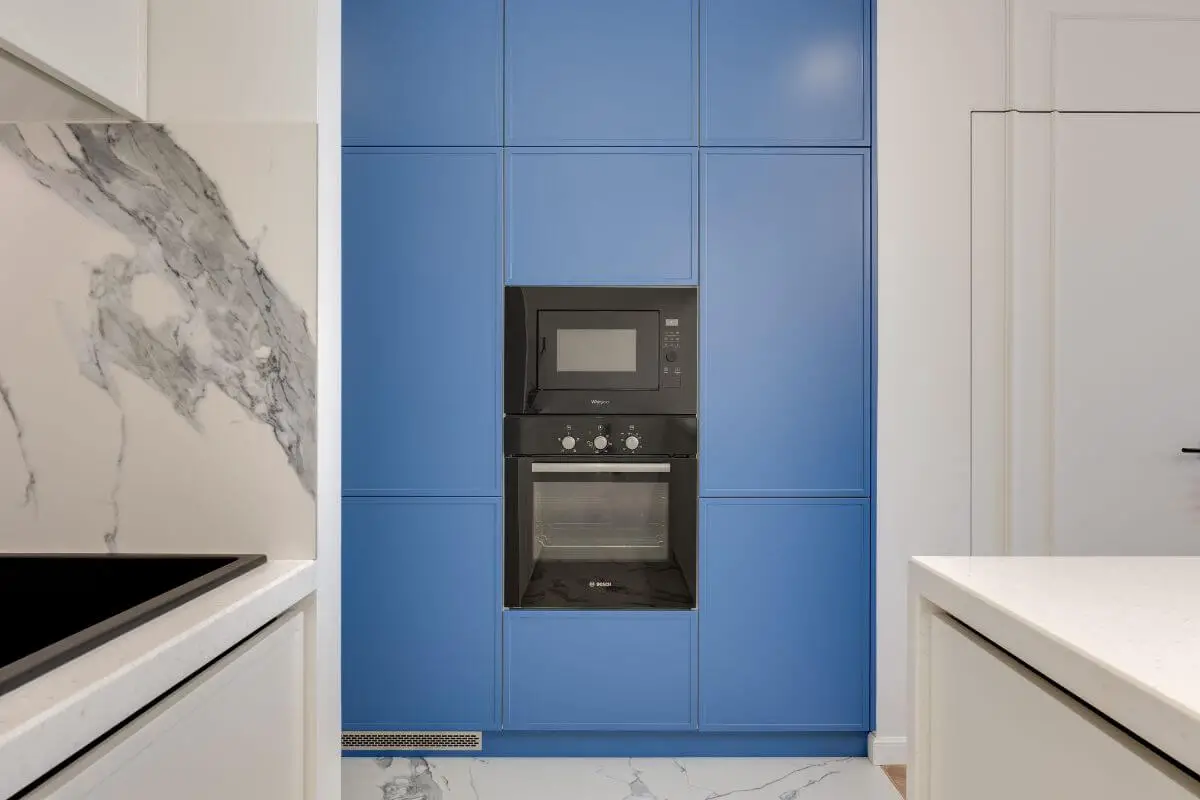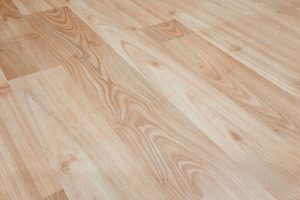In the realm of kitchen appliances, wall ovens have become a popular choice for homeowners looking to optimize their cooking space. They not only offer a sleek and modern appearance but also come with various size options to suit different kitchen layouts and cooking needs. Among these options, the 27-inch and 30-inch wall ovens stand out as two common choices. In this article, we will delve into the differences between these two sizes to help you make an informed decision for your kitchen.
Understanding Wall Oven Sizes
What are 27-inch and 30-inch Wall Ovens?
Wall ovens, as the name suggests, are built into the wall of your kitchen, offering a seamless and space-saving cooking solution. The primary difference between the two sizes lies in their width, with the 27-inch oven being narrower than its 30-inch counterpart.
Kitchen Space Considerations
Before delving into the details, it’s essential to evaluate your kitchen space. Measure the available wall space and consider any existing cabinetry. Ensure that your chosen oven size fits seamlessly without compromising other aspects of your kitchen’s functionality and aesthetics.
Cooking Capacity
27-inch Wall Oven
A 27-inch wall oven typically offers a single oven cavity. This size is ideal for small to medium-sized families or individuals who don’t do extensive baking and cooking. It’s an excellent choice for those with limited kitchen space.
30-inch Wall Oven
On the other hand, a 30-inch wall oven offers more cooking capacity. It usually comes with either a single large oven cavity or a double oven configuration. This extra space is advantageous if you often host gatherings or have a larger household.
Cooking Flexibility
Baking and Roasting
The 30-inch wall oven provides more flexibility when it comes to baking and roasting. With the option for a double oven configuration, you can simultaneously cook different dishes at varying temperatures.
Convection and Cooking Modes
Both sizes generally come equipped with convection cooking and various modes. However, a 30-inch oven may have more advanced features and cooking modes, enhancing your culinary capabilities.
Energy Efficiency
Energy Consumption
A smaller oven, like the 27-inch one, typically consumes less energy. If you are conscious of your energy usage and want to reduce your carbon footprint, this size may be a better choice for you.
Insulation and Heat Retention
Consider the insulation and heat retention features of the ovens. A well-insulated oven will be more energy-efficient, ensuring that heat is retained, and your dishes cook evenly.
Installation and Cost
Installation Requirements
Both 27-inch and 30-inch ovens require professional installation. Ensure that your kitchen’s electrical and gas connections are compatible with the chosen oven size.
Price Range
The cost of wall ovens can vary significantly based on size, brand, and features. Generally, 27-inch ovens tend to be more budget-friendly, while 30-inch ovens may have a higher price point.

Conclusion
Choosing between a 27-inch and a 30-inch wall oven ultimately depends on your cooking needs, kitchen space, and budget. Consider your family size, cooking habits, and the features that matter most to you. Whichever size you choose, a wall oven can be a valuable addition to your kitchen, enhancing both functionality and aesthetics.
FAQs
Are wall ovens more energy-efficient than traditional range ovens?
Wall ovens can be more energy-efficient, especially smaller sizes like the 27-inch, but the energy efficiency also depends on factors like insulation and usage.
Can I install a wall oven myself, or do I need a professional installer?
Wall oven installation should be done by a professional to ensure safety and proper functionality.
Do 30-inch wall ovens come with self-cleaning features?
Many 30-inch wall ovens come with self-cleaning features, but it’s essential to check the specific model’s specifications.
What is the average lifespan of a wall oven?
The average lifespan of a wall oven is around 10 to 15 years, depending on usage and maintenance.
Are wall ovens available in different finishes to match kitchen decor?
Yes, wall ovens are available in various finishes, including stainless steel, black, and white, to complement your kitchen’s style.



